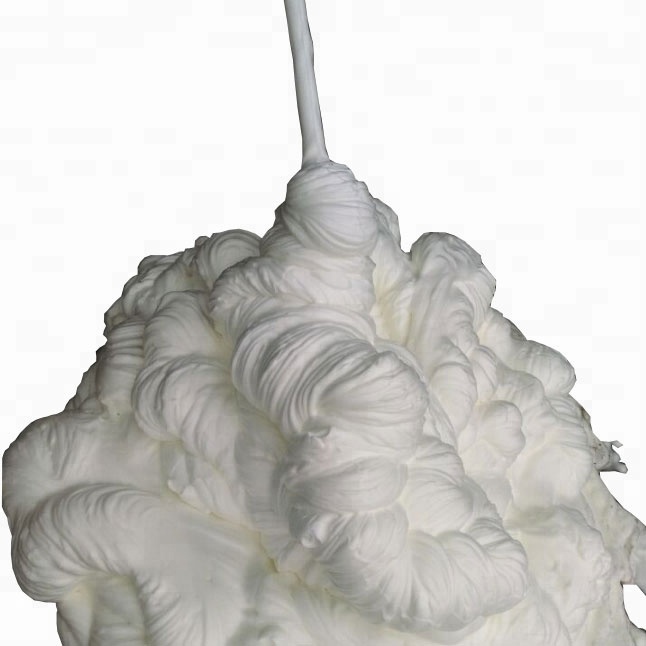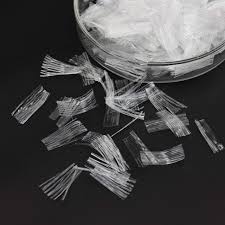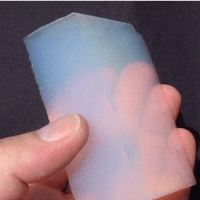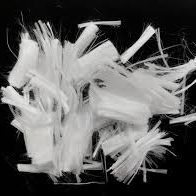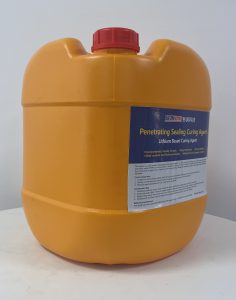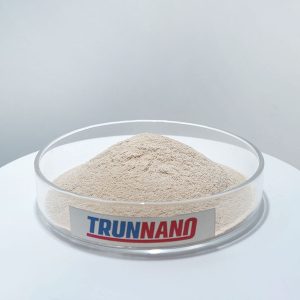Professional solutions on concrete addtives, Concrete Foaming Agent, Superplasticizer, CLC Blocks Additives, and foaming machine
(Properties of Foaming Agent Used in Concrete)
Foaming agent is a liquid that is added to the mixture of concrete and it helps to lift and level the concrete. It can be made from a variety of different ingredients, such as flour or cornstarch.
Properties of foaming agents are determined by their chemical make-up, the amount and consistency of their entrainment and the way they are mixed with the concrete. The density and strength of foam concrete depend on the type of foaming agent, pore structure, air voids, and aggregates used in the mix.
Compressive and flexural strength of foam concrete vary with the type of foaming agent, aggregates and mineral additive. It also depends on the type of fibers that are added to the mixture.
Pore walls of foam concrete prepared using a synthetic surfactant (SS) are thicker and less connected than those of AS and PS. The SS foaming agent contains a nanoparticle stabilizer that makes the pore walls of the foam more stable and stronger.
Dry shrinkage is a significant problem in foam concrete. This is caused by the uneven volume change during the curing process. The drying shrinkage of a foam concrete can be affected by the aggregate type, mineral additive, and the water content.
Modulus of elasticity is another property of foam concrete that changes as the foam ratio increases or decreases. This is due to the effect of the increase in foam volume on the void fusion and the distance between air voids, pore structure, and pore size.
(Properties of Foaming Agent Used in Concrete)


